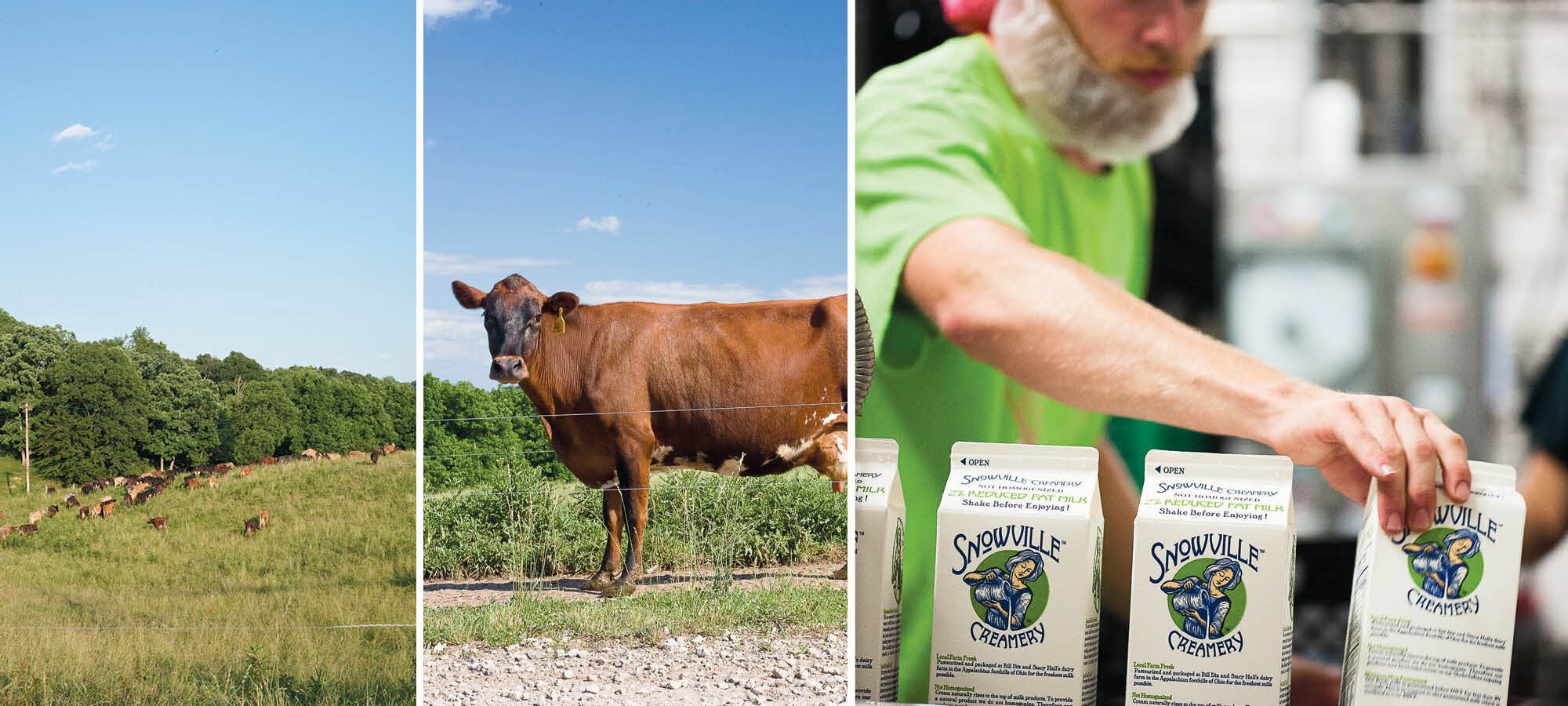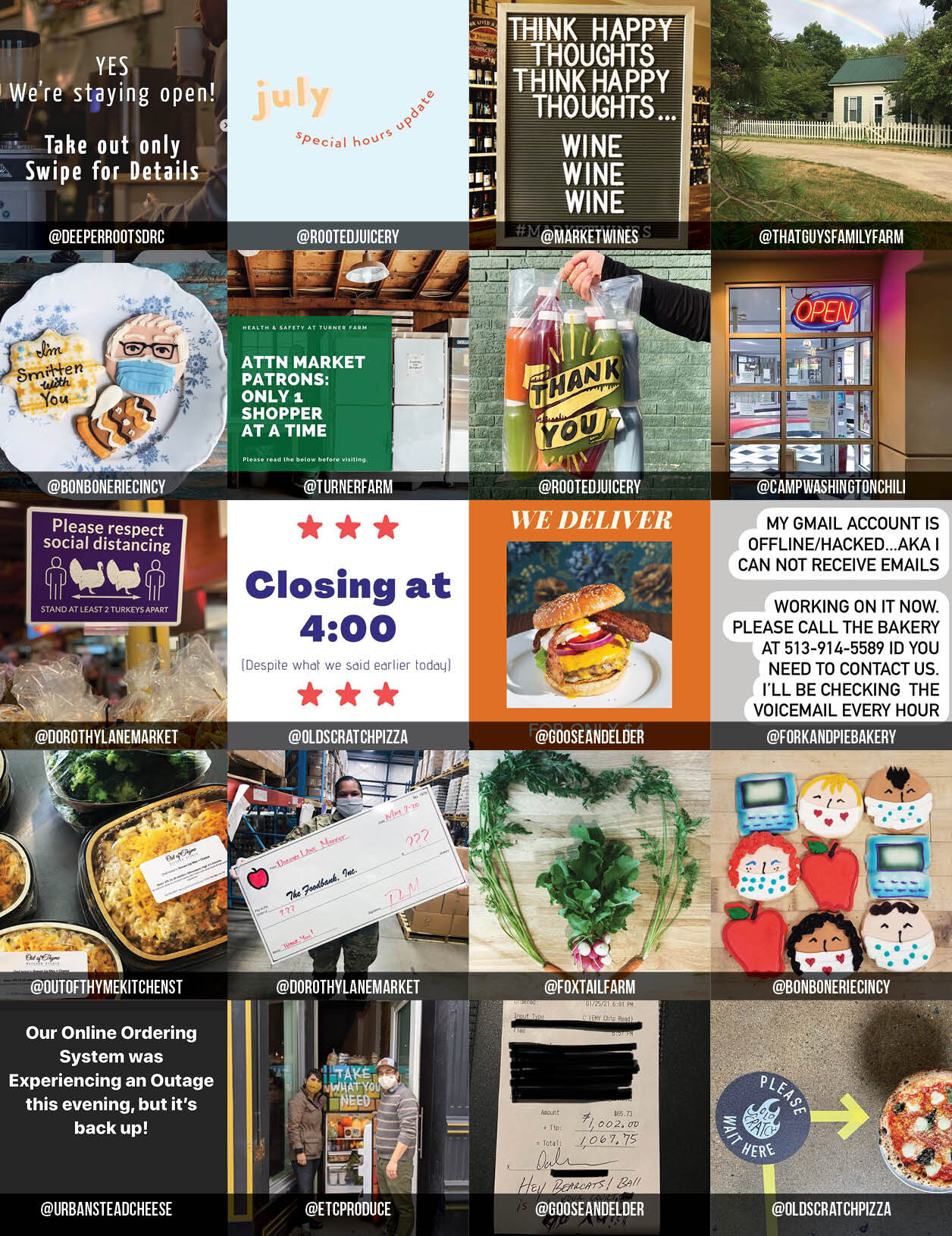The Cycle

When Edible Ohio Valley launched in 2010, the local food scene was still coalescing. We look at 10 developments we’ve seen in the movement over the past decade.
When it is mature and firing on all cylinders, a local food system functions as a circle. Local makers buy raw ingredients from local farmers, then sell their products via local retailers. Local chefs purchase from local growers and feed local diners. In this way, dollars circulate throughout the area’s economy, passing from neighbor to neighbor. Looking back at Edible Ohio Valley’s earliest issues, one can see that the circle was just beginning to form, primarily through conscientious chefs committed to using ingredients raised or grown within a small radius. As a growing collection of artisan producers has emerged, they, too, are sourcing locally as much as possible. On the larger end, relatively speaking, are brands like Snowville Creamery in Meigs County, OH, which buys from nearby farmers to make wholesome milk, cream, and yogurt, and Shagbark Seed & Mill, which produces corn chips, flours, and other dry goods from Ohio grain; these products are then sold at area retailers, and dollars stay within the region. Food artisans like Ethan Snider of Fond in Montgomery and Stevie Rufener of Fork and Pie Bakery in Newtown, OH, showcase local, seasonal produce. Brewhaus Bakery uses spent grains from area breweries to make nutritious dog biscuits, which are then sold at the breweries. Even better, its social mission provides employment for people who are differently abled. Finally, GoZero fully closes the loop by picking up food waste and composting it for farm and garden use.
“We’re so appreciative of what we get from [Bohl’s Jerseys in Sardinia], and they know that this relationship and this milk is essential.”
Bryn’s long career in publishing took a left turn sometime around 2010, when she discovered the joy of food writing. Since then, she’s found professional nirvana as the editor of Edible Ohio Valley, author of The Findlay Market Cookbook, and occasional instructor at The Cooking School at Jungle Jim’s. Find her seasonal recipes at writes4food.com.





